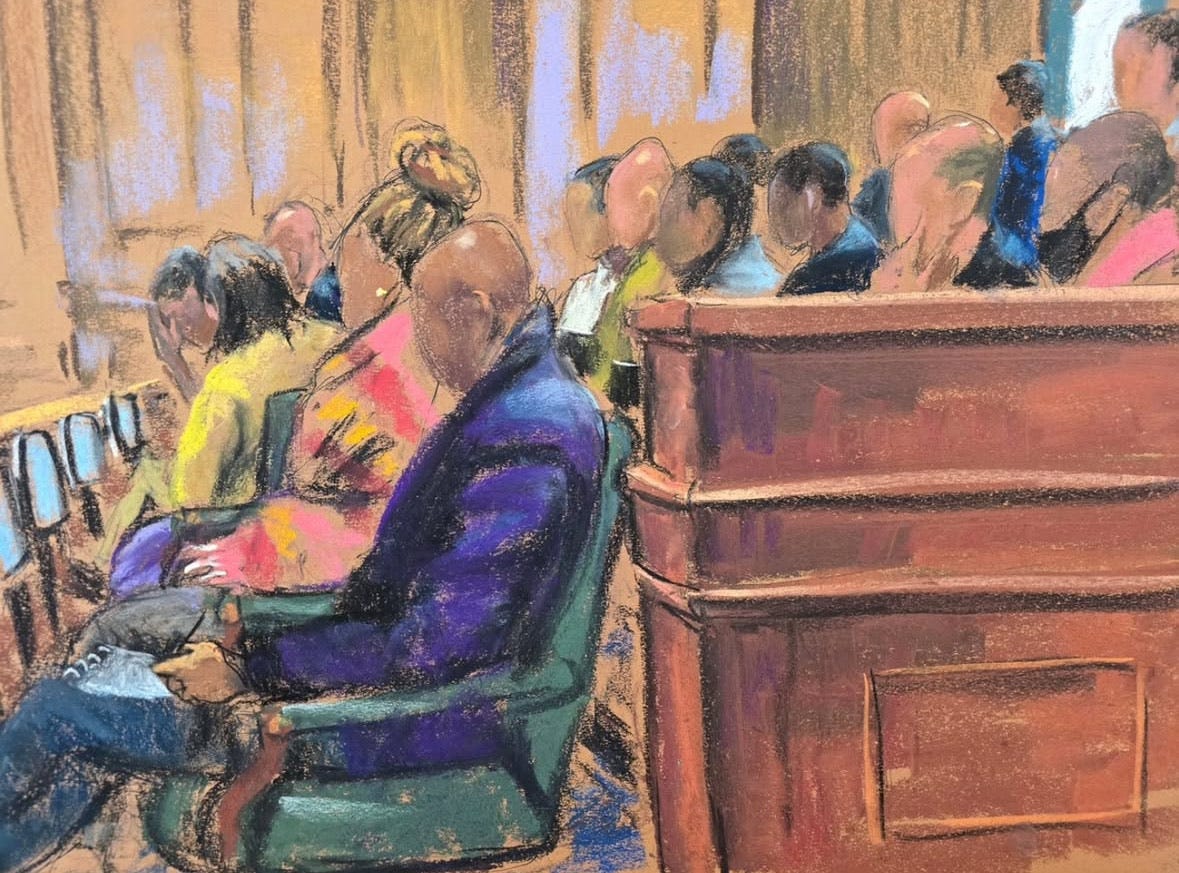Juror in Sean 'Diddy' Combs' trial dismissed over conflicting statements
Combs' lawyers opposed the removal of the juror, who was one of two Black men on the jury and identified himself in voir dire as a fan of 1990s hip-hop music.
A juror was dismissed from Sean “Diddy” Combs’ trial on Monday after the judge said his inconsistent statements about living in both the Bronx and New Jersey raise questions about his “basic qualifications to serve.”
Combs’ lawyers accused prosecutors of targeting the 41-year-old man …


